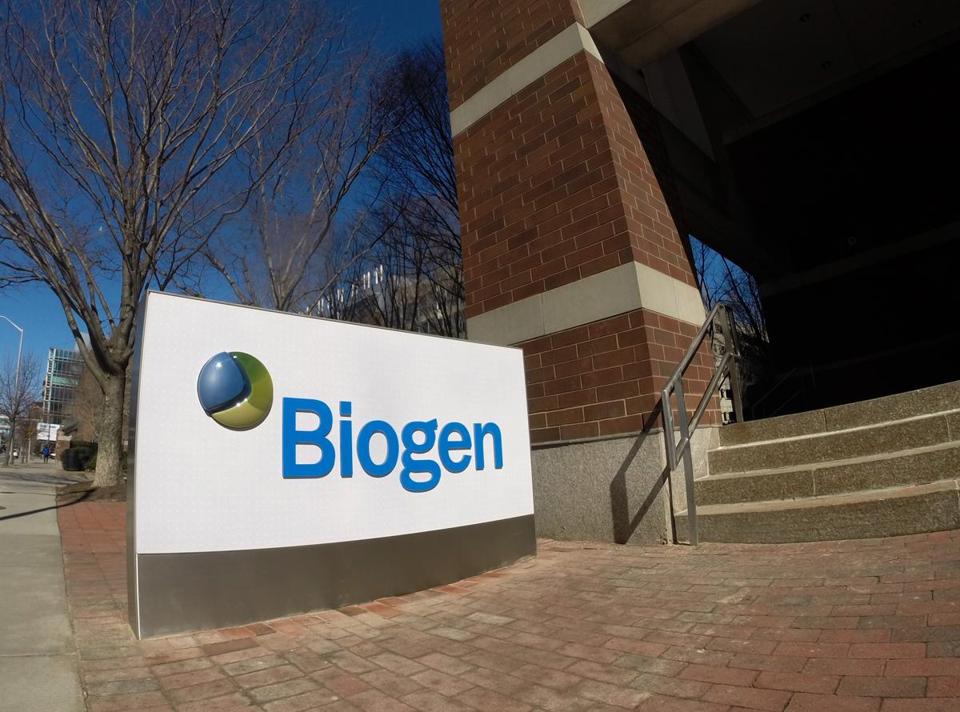
Premarket today, alongside its third quarter revenues financial report, we learnt that Biogen Inc. (NASDAQ:BIIB) is set to initiate a corporate restructure that will cut workforce and elements of its R&D in order to free up $250 million from its current annual run rate of operating expenses. In the statement that accompanied the release, the company reported the areas of its operations to which it hopes to reallocate the freed up funds, and one area in particular stands out more than any other – Alzheimer’s. The potential market for an Alzheimer’s therapy is huge, but it is notorious for high profile failures. Reports suggest that the failure rate for Alzheimer’s candidates in clinical trials is as high as 99.9%, with only five having been approved by the FDA in history and none since 2003. The last to be approved was Namenda, developed by the then Forest Pharma, which was subsequently taken over by Actavis which in turn was taken over by Allergan plc (NYSE:AGN). Why all the failures? Well, we don’t really know what causes Alzheimer’s. We know what it is – it’s a shrinking of the of the cerebral cortex (the outer layer of the brain) and the resulting and concurrent buildup of protein, referred to as amyloid plaque, which results in a reduction in neurotransmitters activity. Biogen is seeking to change the face of the space, with its three lead candidates. Here’s a look at all three.
First up, Aducanumab. Biogen picked this one up as part of a licensing collaboration with Neurimmune back in 2010, and has since gone on to carry the drug to an ongoing phase III. The treatment is a monoclonal antibody that, to simplify, binds to the amyloid buildup and in doing so, clears up the plaque in patient’s brain. The theory is that this clearing up will restore neurotransmitter activity, or if not restore, at least halt the regression of. Back in July we got a bit of a setback, with the treatment failing to replicate early efficacy demonstrations at higher dosages, but with the latest phase III in full swing, and Biogen’s restructuring to focus on the candidate, it looks as thought a setback was all it was. There has long been an argument that Alzheimer’s is dose dependent, and if this is true, the failure at the higher dose at least gives us a cap as to the effective dose to work with going forward.
Next, BAN2401. This one targets Aβ protofibrils, which are (again simplified) a key building block of the amyloid plaques. The treatment is, again, a monoclonal antibody, which binds to the Aβ protofibrils and halts their development. The company kicked off a phase II last year in collaboration with Eisai Co., Ltd. (OTCBB:ESALY), which is ongoing and expected to last 18 months. Topline date should hit sometime during Q4 2016, and could be a huge determinant in the near term fortunes of Biogen, especially in light of the recent restructure. By focusing on protofibrils with BAN2401, the company is sort of hedging its bets. Aducanumab and BAN2401 are two very different approaches, and it is likely one will be far more effective than the other. In some ways, this mitigates the risk associated with going after an Alzheimer’s indication. Having said this, it will translate to wasted spend (probably) in at least one of the targets.
Finally, the third candidate is E2609. This one inhibits BACE (β-secretase enzyme inhibitor) in an attempt to stop the clumping of the amyloids that form the plaques. Again, this is in phase II – slightly behind BAN2401 from a to-end-of-trial perspective. Also again, this is an example of the company hedging its bets – for want of a a better phrase: seeing what sticks. We’ll likely get data from this one (top line, at least) during the first quarter of 2017. However, near term catalysts will be updates on the various dosing cohorts, and a reiteration of the safety and tolerability (the notorious root of many an Alzheimer’s trial halting) over the coming 12 months.
So there we have it – three treatments, one that tries to break down plaques, one that targets their building blocks, and one that tries to stop them from clumping. The hope is at least one of these approaches will demonstrate efficacy through to phase III completion. If it does, the company’s restructure will be vindicated to the extreme. As stated in the introduction to this piece, however, there is a large amount of risk involved. With so many failures to date, is this too much of a risky refocus for Biogen, or will it pay off? Keep an eye on these three candidates to find out.




